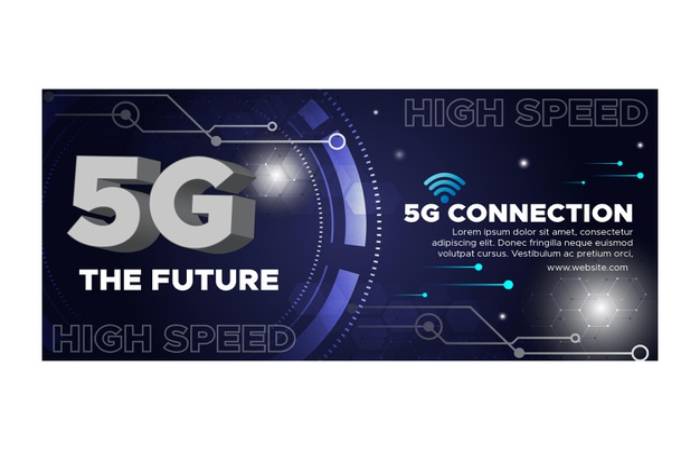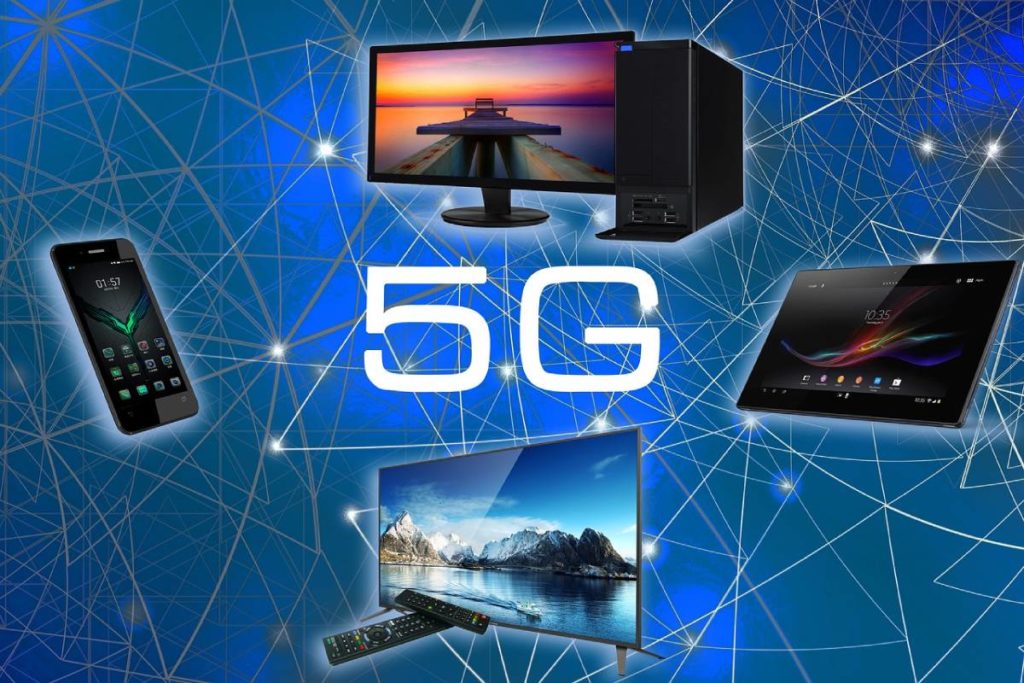Introduction to 5G Network
Technology network 5G promises to bring significant benefits to the connectivity of all devices. Improved performance and lower latency are the keys to developing the Internet of Things in the mobile world. The arrival of 5G will be the definitive impulse for the development of all these alternatives.
However, on May 17 at the United States Capitol. And also the current head of NOAA reported that 5G mobiles’ interference could reduce weather predictions’ accuracy by around 30%. That is, it would be the equivalent of going back to the weather forecast of the 80s.
What seems like a more or less trivial question in Spain, in the United States becomes crucial. The prediction of when hurricanes, typhoons, or tropical storms land. And it is essential for the correct evacuation of people and meteorological forecasts. But the response capacity to an event of these characteristics. And it could reduce by between two and three days for a population that inhabits these areas.
NOAA urges technology companies to stop using the 24 GHz band until a solution is found and delay their auction.
Why Can 5G Technology Interfere with Weather Prediction?
Jordan Gerth, a meteorologist at the University of Wisconsin. So studied this problem as part of a study group at the American Meteorological Society.
The problem is that the water vapor emits a weak signal in the atmosphere at a frequency of 23.8 GHz. And that is very close to what has sold for next-generation 5G wireless.
The NOAA GOES-R satellites and the European MetOP monitor this frequency to collect data that feed the atmospheric prediction models. The proposed solution is to move the 5G frequency band since while this is possible, it is not the signal emission by water vapor that can be changed.
Gerth says that wireless service providers could reduce the energy emitted by 5G mobile phone transmitters not to drown out the satellite’s sensitive sensors. NOAA and NASA want to limit interference noise to a level closer to what the European Union and the World Meteorological Organization consider acceptable.
5G
While the World Meteorological Organization’s interference level considers acceptable is -55 dBW. And the European Commission has established it at -42 dBW, the United States FCC auction has set a limit of -20 dBW, which is a lot louder than the previous ones.
Problematic frequency bands are those close to detecting rain and snow (36-27 GHz), temperature (50.2-50.4 GHz), and rain and ice (80-90 GHz).
It hoped that an international agreement would reach to agree on the bands in which 5G technology operates. For example, imprecise weather data from the United States directly affects Europe’s weather forecast. In October, there will be a meeting of the World Meteorological Organization in Egypt, where a global agreement expected to reach. Currently, the American proposal supposes 150 times more noise than the European one and more than 3,000 times that of the World Meteorological Organization sprint plans.

- KNOW MORE:- theangelbeaut

